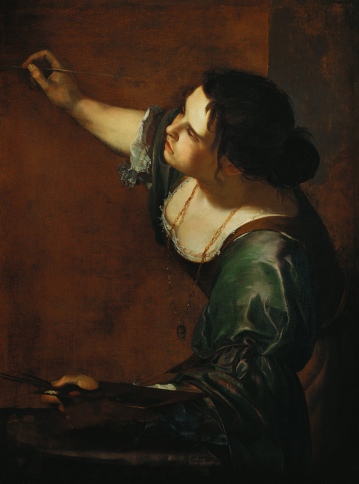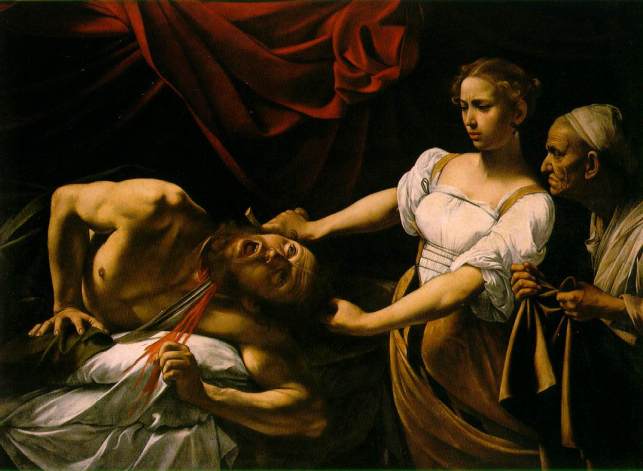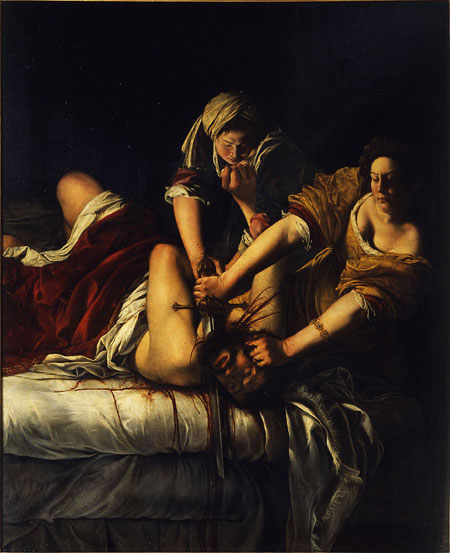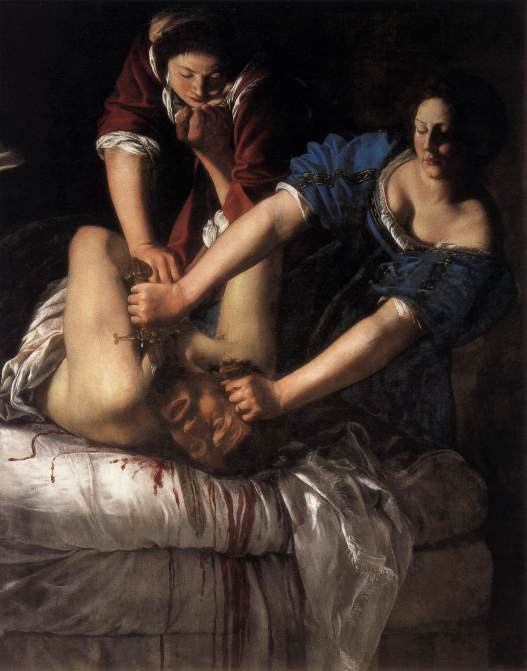1 in 3 women
35%– according to the World Health Organization (WHO) that is the percentage of women worldwide who have experienced “either physical and/or sexual intimate partner violence or non-partner sexual violence in their lifetime.”
In contemporary society, violence against women is tragically commonplace. And if violence against women is considered unexceptional in our “modern age,” then violence against women throughout history, in eras gone by, is viewed not only as commonplace but expected…painfully normal.
Historians employ terms like “rape and pillage” when describing the fall of empires and rise of nations. But how often do we consider what that phrase actually signifies? We don’t. Instead, beautiful paintings like The Rape of the Sabines or The Rape of Helen gloss over centuries of anguish endured by millions of women.
But these women were not merely “victims.” Each had a life, a history- greater than any one event, one assault, could define. And this is something not to be forgotten.
♦♦♦♦♦♦♦♦♦♦♦♦♦♦♦♦♦♦♦♦♦♦♦♦♦♦♦♦♦♦♦♦♦♦
ARTEMISIA GENTILESCHI
Artist. Woman. Genius. Victim.

In 1612, the teen-aged, painting prodigy Artememiss Gentileschi (1593-1653) was raped by her tutor, Agostino Tassi. The assault was only the beginning of her miseries that year. Her father, Orazio Gentileschi, himself a prominent artist, unable to bear the shame of a “fallen” daughter sought financial retribution for the violation. The result-a humiliating public trial. One can imagine how the gawking and cat-calling of onlookers must have affected the young Gentileschi. Worst of all, in attempts to extract the “truth of the matter” from the girl-painter, court officials applied thumbscrews to her hands. This act of torture almost destroyed her fingers, her livelihood as an artist.
Despite all this, and the stream of rumors regarding her, her unusual profession, her family, and her sexuality-that followed her throughout her career, Artemesisa Gentileschi painted again. Each canvas a defiant affirmation of her talent.
Artemesia Gentilieschi is often compared to another great painter, Michelangelo Merisi da Caravaggio (Caravaggio).
This close association is problematic when interpreting Artemesia Gentileschi’s artistry. While it cannot be denied that Gentileschi was heavily influenced by Caravaggio, Artemesia’s work is decidedly her own-decidedly unique.

Gentileschi’s painting Judith Slaying Holofernes is one of her most famous works and there is little doubt that this work was profoundly informed by the earlier works of Caravaggio, in her choice of subject matter if nothing else.
Caravaggio’s Judith Beheading Holofernes is a masterpiece, in the truest sense of the word. The intense gradation of color and juxtaposition of light and shadow, Caravaggio hallmarks, present a dramatic scene.


If it is even possible, Artemisia Gentileschi’s Judith Slaying Holofernes is even more sensual and dynamic than its predecessor.
On his canvas Carravagio focuses the scene on the dying Holofernes. All the geometry of the piece leads the viewer’s eye to the “blank space” at its center, to the pained head of Holofernes
In Gentilieschi’s piece the head of Holofernes is also centrally positioned, but here the artist emphasizes the pyramid of Judith’s (and her maid servants) strong, well-muscled arms which pin the dying man to his bed. The focus is on the emotive limbs of Judith rather than the dying groans of Holofernes.
Caravaggio’s Judith seems ill-cast as a savior for the Israelites. Her thin, adolescent arms seem incapable of such a dreadful act like an assassination. Her reluctant grasp on the dagger is mirrored in her expression of resignation and disgust. One wonders if Judith is about to swoon and faint on top of her elderly partner in crime?
Gentilieschi’s Judith is buxom, a capable Ruben-esque heroine. She is completely consumed by her task, and if she is reluctant to behead the Babylonian general, then she gives no outward signs of this. Deep shadows are cast across Judith’s ample breasts in Gentileschi’s Judith Slaying Holoferenes. Here, her sexuality is essential as a means of destroying, or at least disarming her enemy. The rumpled bed clothes imply a distinctly sexual scene ; Judith has either used her sex, or at least the idea of her sex to disarm Holofernes. Even her choice of costume is distinctly womanly: her richly colored dresses and bracelets “play-up” her “femaleness,” especially when compared to the naked, rough, almost inhuman corpse of Holoferenes.
As long as I live I will have control over my own being.- A. Gentileschi
This combination of sexuality and womanly strength is of the utmost importance in Artemesia’s Judith. Rather than dismissing female sexuality as inherently evil (a common theme throughout the Bible) or presenting women as inherently weak, Artemesia Gentileschi creates a new telling of an old (Testament) tale.
Perhaps Gentileschi is not only rewriting the story of Judith, but rewriting her own violent history. In Judith Slaying Holofernes, Gentileschi not only pays homage to one of history’s great heroines, but to her own, feminine, often dismissed, strength and talent. With each stroke of her brush, she thumbs her nose at her attacker, her naysayers, her tortures.
On this canvas Gentileschi is conqueror, not victim.
Perhaps Judith Slaying Holoferenes is not an apt title, perhaps Gentileschi Triumphant strikes a sweeter, truer chord.
